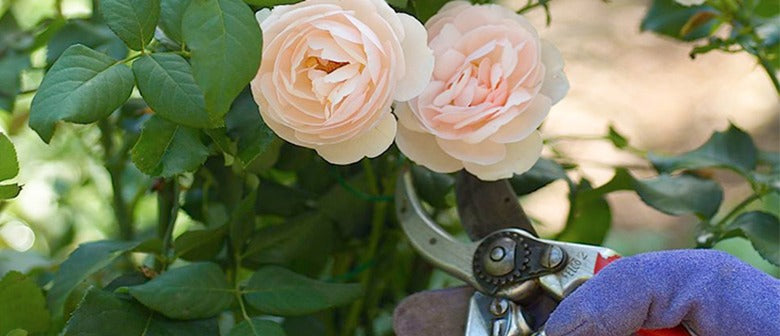Rose Pruning for Beginners
Rose pruning may seem like a scary task, it is one of the things about gardening that scares most beginner gardeners. You hear so much information about the right way and the wrong way to do things, and you don’t want to ruin your rose bushes for the growing season.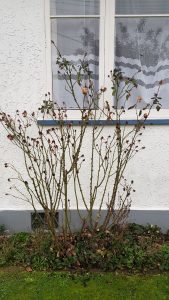
The thing to keep in mind when pruning roses, is that roses are surprisingly resilient despite their delicate aesthetics and are tough plants that can handle a lot. In fact your rose bush can recover from a few misjudged snips. It is better to prune your roses than to leave them and it is very easy once you have mastered the basics.
The aim of rose pruning is aeration to minimise any diseases, letting more sunlight in and redirecting new growing shoots and making a great shaped rose bush that will be more pleasing to the eye.
Timing
Mid to late winter is the best time to prune your roses as the plant is in it’s dormant stage. It is best not to prune too early as it will encourage new growth too soon. August is a great time to prune as new growth might be starting to burst which may help make the process just that little bit easier.
What will you need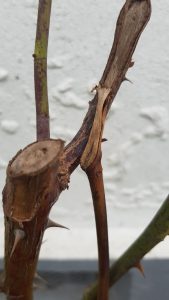
- Preferably long rose pruning gloves or alternatively a combination of long sleeves with thick gloves.
- Sharp secateurs. Ensuring your tools are sharp makes for much cleaner cuts.
- Pruning saw or loppers may be required for thicker canes.
What to remove and how much
- Reducing the rose bush in size by about half is what you are aiming for, but if this doesn’t suit your needs you may wish to only take a third off.
- The first thing to do when pruning is to cut off all the dead and damaged limbs of the plant. These are not doing the plant any favours and are just taking up space. Take them right back to the base of the plant.
- Take off any branches that are crossing over, we want to redirect our growth.
- Take off any smaller branches, anything smaller than a pencil.
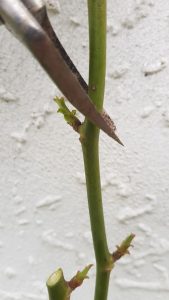
- After this you should be left with thicker, stronger branches. When you prune these main branches, look for outwardly facing buds. If there is no bud, there should be a small bump or leaf scar line. The reason to look for an outwardly facing bud and not an inward facing one is that we want the new growth to grow in an outward direction, and not start causing crossovers again.
- Cut about 10mm above the bud and make the cut on a 45 degree angle, this just helps with water run-off if it rains. The reason for this is to prevent water pooling or collecting on the stem which can cause diseases.
- Try and make your cuts as clean as possible as this will prevent any dieback from occuring.
- The rose bush should be looking open and shaped at this point. Once the Spring growth bursts you will have a beautifully shaped plant with plenty of flowers to come.
After the big prune
Get rid of all your clippings and clear around the base of the rose to prevent any diseases.
Feed your roses with Tui Rose Food or sheep pellets at the beginning of Spring as roses can be very hungry plants!
Standard Roses
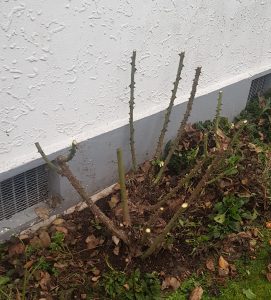
The same rules apply to standard roses as bush roses. You can prune harder with a standard rose, leaving each branch about 15-20 cm long. Take off anything dead or dying. Remove any of the small and spindly growth. Prune the main branches so the standard head forms a vase shaped with at least four strong leaders with outwardly facing buds. Leave the inside of the crown nice and open.
It is a good time to check that your tree stakes are not biting in to the tree and making sure there are no suckers near the bottom or around the base. Once the pruning is taken care of you will certainly notice the difference with your roses this Spring. It’s easy!

